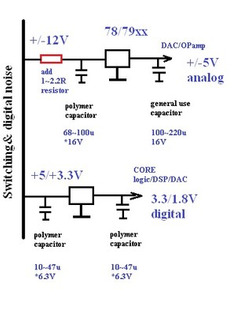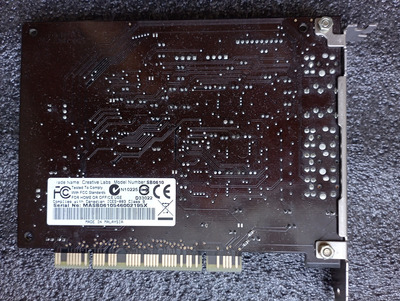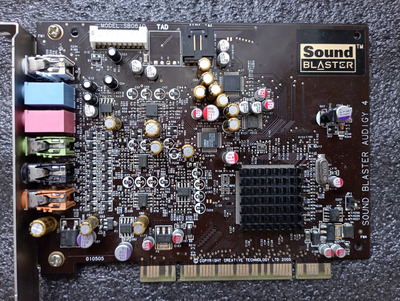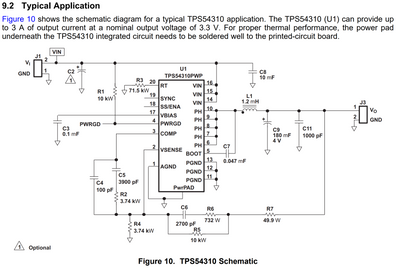auron wrote on 2021-04-07, 00:54:
audio issues with these cards can have other causes as well, particularily when putting them into old VIA chipset machines and such. heck, keep in mind that some games are simply broken or need a very specific card to work.
i once removed the caps in that spot on a 2zs and they all measured well out of spec, but that being said, i did not bother removing any other capacitors. bad batches or not, it seems to me that using small capacitance GP caps in that area was a bad cost cutting measure in the first place as they let through excessive ripple. somehow the older ISA cards tend to still work even with these cheap caps though, perhaps the hardware there was just much less sensitive to this.
Wanted to resurrect this thread for a bit to add my two cents, Audigy 1/2/2ZS cards are the only ones I'd use in a machine that has an nForce chipset of any kind. I've had problems with X-Fi cards in such systems for ages. when I had a dual Opteron 285 machine as my daily some years back, it was the only card that'd work and not stutter all over the place or just lock up. Other issues on other machines with these cards have been with the audio not going crackly, but going robot-like, and I always chalked that down to resource issues. on the one machine I have these cards in, I don't have these issues, but like what keenmaster486 said earlier on in this thread, these do get used a lot at radio stations in aged machines running audio backend applications, and I do help out with an internet radio station that uses an Audigy 4 (Audigy SE?) alongside the onboard audio to do some external audio stuff with respect to the microphone due to the way the software being used is designed. Seeing as the 1/2/2ZS and even the X-Fi cards are probably having issues with these, it might be an idea for me to go and do these up for the other card and keep that problem out of sight and mind...
Should also point out that the card's main power cap to the left of the area of the replaced caps in the previous images in this thread, is seemingly something else to replace if these are getting overhauled as well. That's just a 16v 100uF cap but I've seen people replace them with up to a 470uF like is with the X-Fi cards, and I've also seen audiophiles go super nuts doing up X-Fi cards with 1500uF caps going in and Elna silmic caps in weird places on those cards as well. I'm not saying to take it that far as that's absolutely silly in my book, but if the voltage regs deserve lower ESR and a bit more capacitance, one surmises a 220uF wouldn't hurt to drop in at that one cap there I don't think. Creative always had a knack for getting away with whatever capacitors they had on hand, and I've seen G-Luxon, Wincap and Jamicon caps being used in spots. the Jamicon caps out of all of the cheap ones used seem to be the ones that held up the best and also seems to be the supplier Creative always went with back in the SB16 days from the ones I've had the pleasure of owning. I have one Audigy out of the three current that doesn't seem to work at all past POST, you drop it in and the thing won't let you get past mid-boot sequence, and this one has Wincap everywhere. The other two are Jamicon with a couple Wincap and G-Luxon mixed in randomly, but, only around the areas of the TAD/CD/AUX/SPDIF connectors.
Also wanted to generally ask if these caps getting replaced might also fix certain issues I've been seeing with my own advanced-age Audigy cards, such as in certain games having freezing happening where it'd just let out a high tone and then continue on like nothing happened. Sometimes I see the same thing happen playing music as well, but it's not as common (i.e. iTunes 11, playing audio of any kind, locally or off the owntone share.)
Before going and doing the search which led me to here, I was under the guise it might be a PCI bus bandwidth or resource issue, as changing the card out for a Turtle Beach Santa Cruz has resolved that one specific issue, but now I'm concerned I'm going to have the same issues on at least one more machine the card model is in, and thus, more questions than answers. As anyone that did these replacements have likely had their card(s) in use for a reasonable amount of time, I figured now is an okay time to also get some updates to see if the cards are still working properly long-term or if any other problems have arose.






